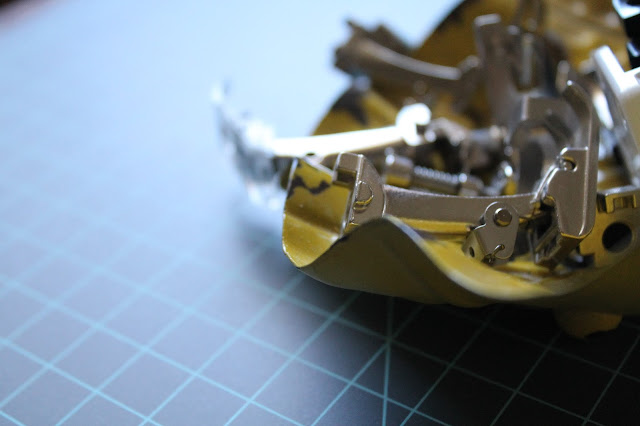Love Your Serger Blog Series
Welcome to February ya'll! This month I'm encouraging you to love your serger with a new blog series: LOVE YOUR SERGER! Together, with expert help, we are going to tackle some of the troubles and fears you might have operating your machine. You'll learn how to hem two ways, sew seams and set perfect seam allowance, how to use flatlock for embellishing, creative overlocking techniques, and more technical aspects of how your overlocker/serger actually works. Do you understand how those stitches are actually formed? Plus! I have compiled a motherload of resources for you to find the best knit fabrics here in the USA!
What's the difference between a serger and an overlocker?
Don't get confused. I'm sure you've heard both terms: serger and overlocker. These machines are the very same thing. Overlocker refers to the stitch formed, it's an overlock stitch. In the US we refer to these machines as sergers but across the pond they're widely known as overlockers.
What does a serger do?
A serger doesn't replace your sewing machine, instead, I like to view it as an additional tool to round out your home sewing studio. It can be used a variety of ways but it most wildy known for it's importance use in garment construction. Speed alone. A serger allows you to cut, sew, and finish edges in one step- talk about saving time!
Durable and professional seams for your quilts or garments can be quickly achieved with a serger. Have you ever tried sewing knits on your domestic sewing machine? If you tug at the seams where you've stitched you may notice that it's easy for thread breakage. We'll discuss how these serger stitches are made and why they're so dang durable on Monday.
Sergers can also be used to create a perfect rolled hem (great for napkins), add elastic, speedy patchwork quilt piecing, embellish items using ribbons, beading, and more, or even create ruffles.
Durable and professional seams for your quilts or garments can be quickly achieved with a serger. Have you ever tried sewing knits on your domestic sewing machine? If you tug at the seams where you've stitched you may notice that it's easy for thread breakage. We'll discuss how these serger stitches are made and why they're so dang durable on Monday.
Sergers can also be used to create a perfect rolled hem (great for napkins), add elastic, speedy patchwork quilt piecing, embellish items using ribbons, beading, and more, or even create ruffles.
I now have a BERNINA L-450 Serger (pictured above) I shared some of my past serger experience here on the blog last summer. Man! I wanted to smash that other serger. What it came down to, I believe, we so often don't take the time to understand how a serger functions and assume it's just like our sewing machines. I've overcome that hesitation and fear a new serger instills. You can too! This past year I traveled around the country helping others fall in love with serger projects with my workshops. If you're committed to spending a little time with me each week I promise you'll walk away excited to serge and even have a few tricks up your sleeves that will be sure to impress your friends!
Do you have any specific serger questions I can help tackle this month? Leave a comment below- I'd love to find out what serger you own and what your favorite projects to make are.




I own I Juki and I have tried a few things. I am not quite sure what everything does. My aunt, who is a pro,tried to teach me but I need a video I can watch over and over until I get it. She does gathering, rolled hems, all sorts of things. Lead on!
ReplyDeleteI have been very happy with them all. The machines I have were selected based on the type of projects I make, http://sergerworld.com/
ReplyDeletesomeone just gave me a serger and singer stylist and I don't know the first thing to do. I have tried to look up reviews or blogger that have sergers, to no avail. help!
ReplyDelete